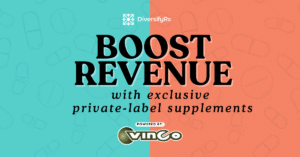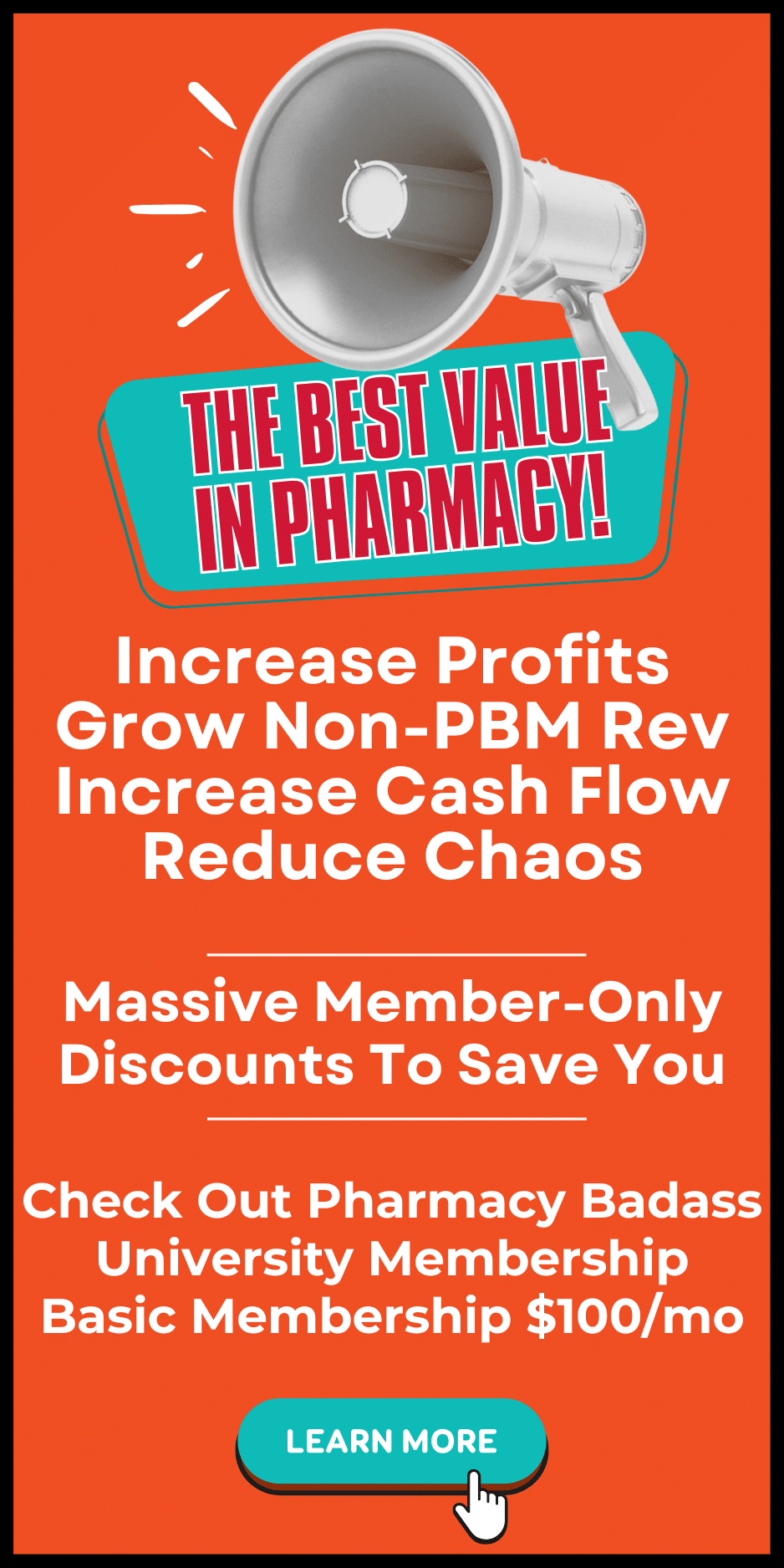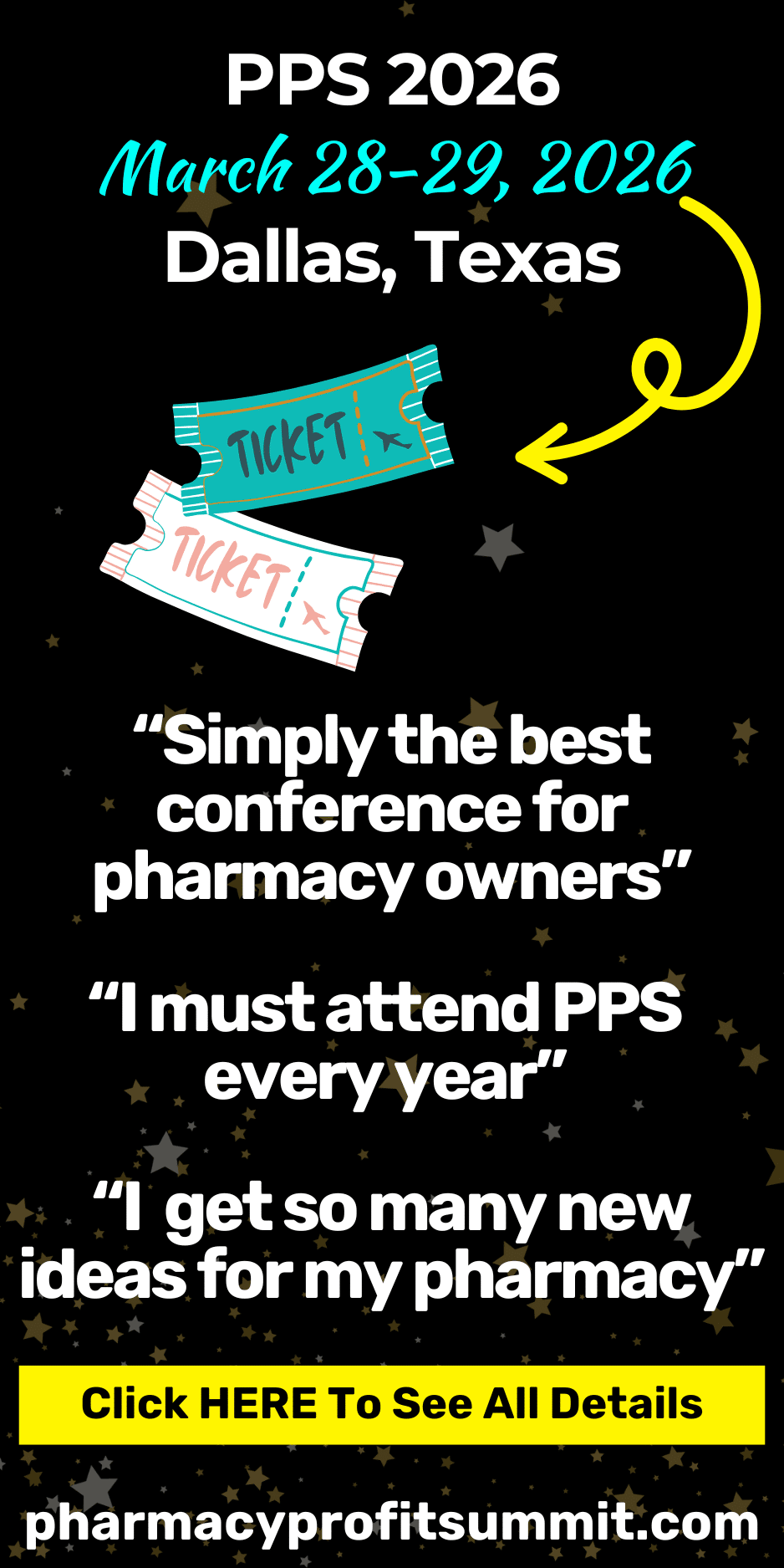PBMs are making up for lost pharmacy audit time, and it’s you and me that are paying for it.
During the height of the pandemic, PBMs were forced to stop sending pharmacy audits. This pause was welcomed relief as many pharmacies were trying to figure out how to operate amid a global pandemic. Instead of pausing audit programs, I think auditing departments had pow-wow sessions to see how many crazy audit ideas they could develop. Of course, I am a little facetious here, but honestly, their creativity with current audits does make me wonder.
Here is just a sample of the current types of pharmacy audits right now. While they are allowed to send them, we are STILL in an unprecedented pandemic.
- Coupon audit
- Invoice audit
- Test claim audit
- Footbath audit
- Nasal irrigation audit
- Aberrant list audit
- Single NDC product audit
- Secondary payer audit
- Management company audit
- Solicitation audit
- Absence of medical claims audit
- Medical necessity audit
Yes, there are more, but for the sake of our sanity, I will stop.
Have you received one of the above audits?
Getting an audit can be scary and frustrating. Audits can even induce catastrophic, business-closing actions to happen. Do not take any audit lightly, even those seemingly simple desk audits. The first step to do when you get an audit is to understand it. Read it, reread it, and then read it again. I recommend making several copies of the letter so you can highlight and make notes all over it. You should highlight the audit’s due date and then set up alarms and reminders in your preferred calendar for 3 days, 2 days, and 1 day before the due date. Also, highlight your auditor’s contact information. Lastly, highlight the exact information they are asking for. Always give them what they ask for and never give them more.
Ask yourself why.
Why are you receiving this audit? While this is certainly a guess, you can often infer what they may be looking for based on which prescriptions they target. This angle to an audit is important to understand because it gives you context for framing your response to the audit. If your auditor is a big fraud, waste, and abuse auditor, that is gravely worse than a junior-level auditor. How you respond will need to change based on that information.
Answering this ‘why’ is critical, and yet you often can’t do it alone. You only see your audits. You don’t have the advantage of seeing audits from across the entire industry, which is why I always recommend that you reach out to an audit specialist to get a feel for why you are getting a particular audit. My go-to specialist is Pharmacy Compliance Consulting (RxCC). Mark Newkirk and Chris Gruber deal with audits every day. Everything from $100 to $1,000,000+ audits. They understand the “WHY.” They will know the endgame for these PBMs. RxCC knows if you’re in real trouble or just regular trouble. They can take a super scary $900,000 contract ending audit and make it $0. Every audit is different, and outcomes will vary, but there is no one better to walk you through an audit than RxCC.
An Ounce Of Prevention Is Worth A Pound Of Cure
Asking for help after receiving a pharmacy audit is a bit like signing up for swim lessons after you fall off a boat. The fall surprised you, and it got real scary real quick. RxCC can do more for your pharmacy by helping to teach and implement best practices before you get an audit. Don’t shy away from high-profit prescriptions. Don’t stop trying to optimize your dispensing habits. Getting advice and training from experts can help you be more aggressive.
When you know the rules, how to follow them, and your staff knows how to be compliant, it allows you to go after big opportunities with confidence. You now have the freedom to make your pharmacy as profitable as possible while knowing that you are staying within the rules. If you have found yourself where you need legal advice, then head over to Hunter Jamerson at Mac Jam Law. Hunter is a highly-skilled healthcare attorney that specializes in PBM and contract cases.
Join our free Facebook group for more tips and resources to diversify your pharmacy’s revenue streams.


















